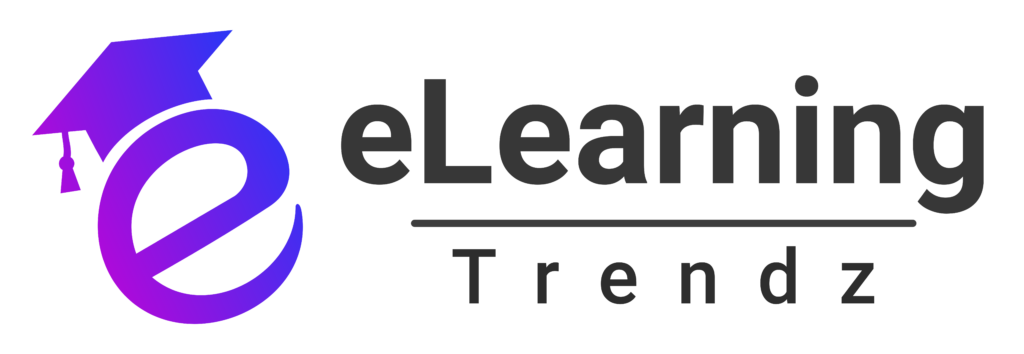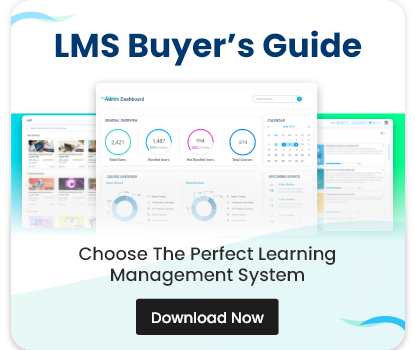Introduction: AI Meets the Upskilling Imperative
In 2025, the demand for agile, adaptable workforces has never been higher. With rapid technological advancements, evolving job roles, and rising employee expectations, the traditional models of training are being redefined. Enter AI in upskilling 2025—a game-changing force that is empowering Learning and Development (L&D) teams to close skill gaps faster, smarter, and more effectively.
The Evolution of Skill Gaps in the Modern Workforce
- New digital tools and platforms
- Cross-functional collaboration
- Evolving customer expectations
The traditional approach—generic training modules and one-size-fits-all learning paths—can no longer keep up. This is where AI in upskilling 2025 steps in.
How AI Is Transforming Upskilling in 2025
1. Personalized Learning Paths
AI algorithms can analyze employee profiles, roles, learning history, and performance data to curate personalized training journeys. Instead of pushing irrelevant content, learners receive hyper-targeted microlearning, resources, and assessments.
2. Intelligent Skill Gap Analysis
3. AI-Powered Content Recommendations
Much like Netflix for learning, AI engines suggest content based on an individual’s learning style, goals, and past behavior. This dynamic content curation keeps learners engaged and reduces time spent searching for resources.
4. Natural Language Processing (NLP) for Feedback Analysis
AI tools leverage NLP to analyze open-ended feedback, emails, and assessments. This helps identify hidden learning needs, emotional sentiment, or engagement levels, informing more tailored training strategies.
5. Virtual Coaches and Chatbots
6. Predictive Analytics for Learning Outcomes
Real-World Examples of AI in Upskilling 2025
Example 1: AI in Healthcare L&D
Example 2: Sales Enablement
Example 3: Manufacturing Workforce Automation
Benefits of Leveraging AI in Upskilling
- Faster Skill Development: AI identifies and addresses gaps in real-time.
- Higher Engagement Rates: Personalization keeps learners motivated.
- Scalability: AI systems can manage learning for thousands of employees simultaneously.
- Data-Driven Decisions: L&D teams gain actionable insights from learner behavior and performance.
- Future-Proof Talent: Prepares the workforce for evolving industry demands.
Best Practices for Implementing AI in Upskilling
- Start with a Skills Audit: Use AI tools to map current capabilities before designing training programs.
- Integrate AI with Your LMS: Ensure seamless content delivery and tracking.
- Keep It Human-Centered: Balance automation with human coaching and mentoring.
- Ensure Data Privacy Compliance: AI must respect employee data rights and security protocols.
- Measure What Matters: Focus on metrics like skill proficiency, application on the job, and retention rates.
The Future of AI in Upskilling
- Immersive AI-driven simulations for experiential learning
- Emotional AI to assess learner confidence and readiness
- Cross-industry skills mapping powered by global AI databases
Conclusion
In 2025, AI is not just a futuristic concept—it’s a practical, powerful ally in L&D. By adopting AI in upskilling 2025, organizations can stay ahead of the curve, empower employees, and close the ever-widening skills gap. The key lies in choosing the right tools, designing with empathy, and continuously evolving learning strategies to meet the demands of a fast-paced world.
Upskilling with AI isn’t a trend—it’s the new standard.
FAQ: AI in Upskilling 2025
AI in upskilling refers to using artificial intelligence tools and technologies to identify skill gaps and deliver personalized learning experiences to employees.
AI analyzes data from multiple sources to identify gaps, recommend training, and track progress, enabling faster and more effective skill development.
No. AI enhances the trainer’s role by automating routine tasks and providing insights, allowing trainers to focus on coaching and mentoring.
Healthcare, IT, sales, finance, and manufacturing are some industries leveraging AI to bridge critical skill gaps in 2025.
Risks include data privacy concerns, potential bias in algorithms, and over-reliance on automation without human oversight.














